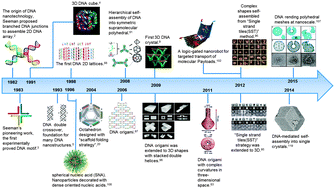Cellular processing and destinies of artificial DNA nanostructures
Abstract
Since many bionanotechnologies are targeted at cells, understanding how and where their interactions occur and the subsequent results of these interactions is important. Changing the intrinsic properties of DNA nanostructures and linking them with interactions presents a holistic and powerful strategy for understanding dual nanostructure-biological systems. With the recent advances in DNA nanotechnology, DNA nanostructures present a great opportunity to understand the often convoluted mass of information pertaining to nanoparticle-biological interactions due to the more precise control over their chemistry, sizes, and shapes. Coupling just some of these designs with an understanding of biological processes is both a challenge and a source of opportunities. Despite continuous advances in the field of DNA nanotechnology, the intracellular fate of DNA nanostructures has remained unclear and controversial. Because understanding its cellular processing and destiny is a necessary prelude to any rational design of exciting and innovative bionanotechnology, in this review, we will discuss and provide a comprehensive picture relevant to the intracellular processing and the fate of various DNA nanostructures which have been remained elusive for some time. We will also link the unique capabilities of DNA to some novel ideas for developing next-generation bionanotechnologies.


 Please wait while we load your content...
Please wait while we load your content...